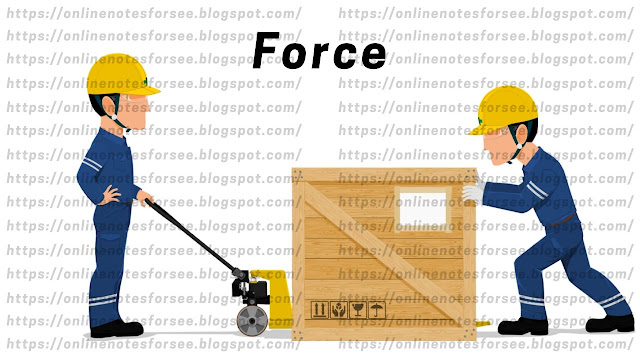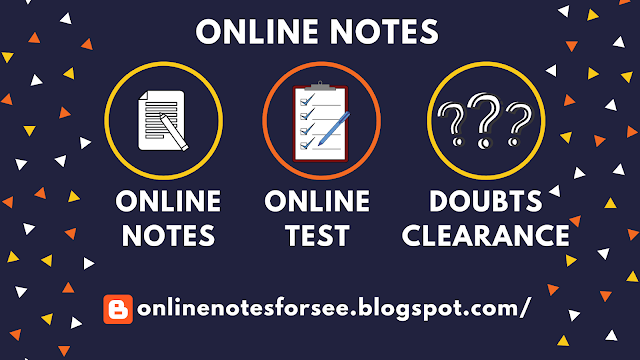Blood Circulation in Human Body || Solved Q/A for practice for S.E.E. - Exam || Part-3
Blood Circulation in Human Body
Part-3:
Very short questions and answers for S.E.E. students
Questions and answers for practice for S.E.E. examination
1) Write down the use of sphygmomanometer.
Answer: Sphygmomamnometer is used to measure blood pressure.
2) What is uric acid?
Answer: The acid produced in the body as a by-product due to decomposition of purine present in the cells and food is called uric acid.
3) Where are red blood cells formed and destroyed?
Answer: Red blood cells or erythrocytes are formed in bone marrow and destroyed in the liver.
4) What is diastolic blood pressure? Write down the diastolic pressure of healthy young person.
Answer: When ventricles relax the pressure of blood inside the arteries is comparatively less and this pressure is called diastolic pressure or diastole. It is about 80 mm of Hg in a healthy young person.
5) What is systolic pressure? Write down the systolic pressure of a healthy young person.
Answer: When ventricles contract, the pressure of blood inside the arteries is highest. This pressure of blood is termed as systolic blood pressure or systole. The systolic blood pressure of a healthy young person is about 120 mm of Hg.
6) What is blood pressure?
Answer: Blood pressure is defined as the force with which blood pushes against the walls of arteries.
7) Where is tricuspid valve located in heart?
Answer: Tricuspid valve is located between the right auricle and right ventricle.
8) What is blood vessel?
Answer: Blood vessels are the tubes (or pipes) through which blood flows in the body.
9) Write the name of blood vessels which carry pure blood from lungs to the heart.
Answer: Pulmonary veins carry pure blood from lungs to the heart.
10) What is the function of pericardium?
Answer: The function of pericardium is to protect the heart from mechanical injury.
11) What are 'pericardium' and 'pericardial fluid'?
Answer: Pericardium is a double layered membranous sac that encloses the heart.
12) What happens if pericardial fluid decreases?
Answer: The working of the heart is affected if the pericardial fluid decreases.
13) Write the name of valves that are found in human heart.
Answer: The valves found in human heart are:
(i) Tricuspid valve
(ii) Bicuspid valve (mitral valve)
(iii) Aortic valve and
(iv) Pulmonary valve
14) What is 'Anaemia'? How does it occur?
Answer: When there is a long term decrease in the number of RBCs or in the amount of haemoglobin or in both, the condition, is called anaemia. It occurs mainly due to malnutrition.
__________________________________________________________________________________
More questions will be given in another blog post. Till then watch videos given below.
For animation video on "Blood Circulation in Human Body", the links are given below.
Click on the given icons for videos.














Comments
Post a Comment
Please do not comment any spam link in the comment box.